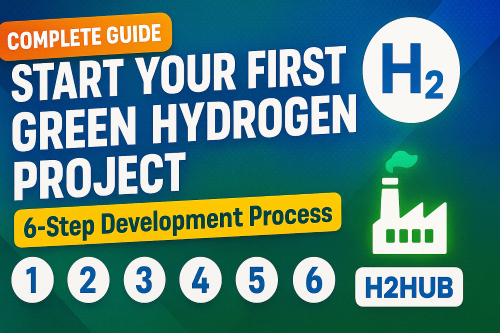What is Fusion Nuclear Power and How Does It Work?
- switchingtosolarpv
- Nov 2, 2022
- 3 min read
Nuclear fusion is a process that occurs when two or more atomic nuclei collide and merge to form a single heavier nucleus. This process releases large amounts of energy, which can be harnessed to generate electricity. Fusion nuclear power is a relatively new technology, and there are several different methods for achieving it. In this blog post, we will discuss the basics of fusion nuclear power and how it works!
Fusion nuclear power works by using the energy released from the fusion of atomic nuclei to generate electricity. This process can be achieved in a number of different ways, but all methods involve confining and heating a plasma (a superheated gas of ions) to extremely high temperatures. When the atoms in the plasma reach these high temperatures, they begin to fuse, releasing large amounts of energy. This energy can then be harnessed to generate electricity.
Fusion nuclear power has the potential to be a clean and renewable source of energy, as it produces no greenhouse gases or radioactive waste. However, the technology is still in its early stages of development and many challenges need to be overcome before it can be commercialized.
What is Fusion Nuclear Power?
Fusion nuclear power is a relatively new technology that holds great promise as a clean and renewable source of energy. In fusion reactions, two or more atomic nuclei collide and merge to form a single heavier nucleus. This process releases large amounts of energy, which can be harnessed to generate electricity.
Fusion nuclear power has the potential to be a clean and renewable source of energy, as it produces no greenhouse gases or radioactive waste. However, the technology is still in its early stages of development and many challenges need to be overcome before it can be commercialized.
How Does Fusion Nuclear Power Work?
Fusion nuclear power works by using the energy released from the fusion of atomic nuclei to generate electricity. This process can be achieved in several different ways, but all methods involve confining and heating a plasma (a superheated gas of ions) to extremely high temperatures. When the atoms in the plasma reach these high temperatures, they begin to fuse, releasing large amounts of energy. This energy can then be harnessed to generate electricity.
Fusion nuclear power has the potential to be a clean and renewable source of energy, as it produces no greenhouse gases or radioactive waste. However, the technology is still in its early stages of development and many challenges need to be overcome before it can be commercialized.
What are the Challenges of Fusion Nuclear Power?
Many challenges need to be overcome before fusion nuclear power can be commercialized. One of the biggest challenges is generating a plasma hot enough to sustain fusion reactions. Current methods for generating plasma require extremely high temperatures, which are difficult to achieve and maintain.
Another challenge is containing the plasma long enough for fusion reactions to occur. The plasma must be confined for a prolonged period for fusion reactions to take place. Current methods for confining a plasma are not yet advanced enough to achieve this.
Finally, fusion nuclear power plants would need to be much larger than current nuclear power plants. This is because fusion reactions require a much larger volume of plasma to occur than fission reactions.
Despite the challenges, fusion nuclear power holds great promise as a clean and renewable source of energy. If these challenges can be overcome, fusion nuclear power could play a major role in the fight against climate change.
In conclusion, fusion nuclear power is a new technology with great potential as a clean and renewable source of energy. However, many challenges need to be overcome before it can be commercialized. If these challenges can be surmounted, fusion nuclear power could play a major role in combating climate change.



Comments